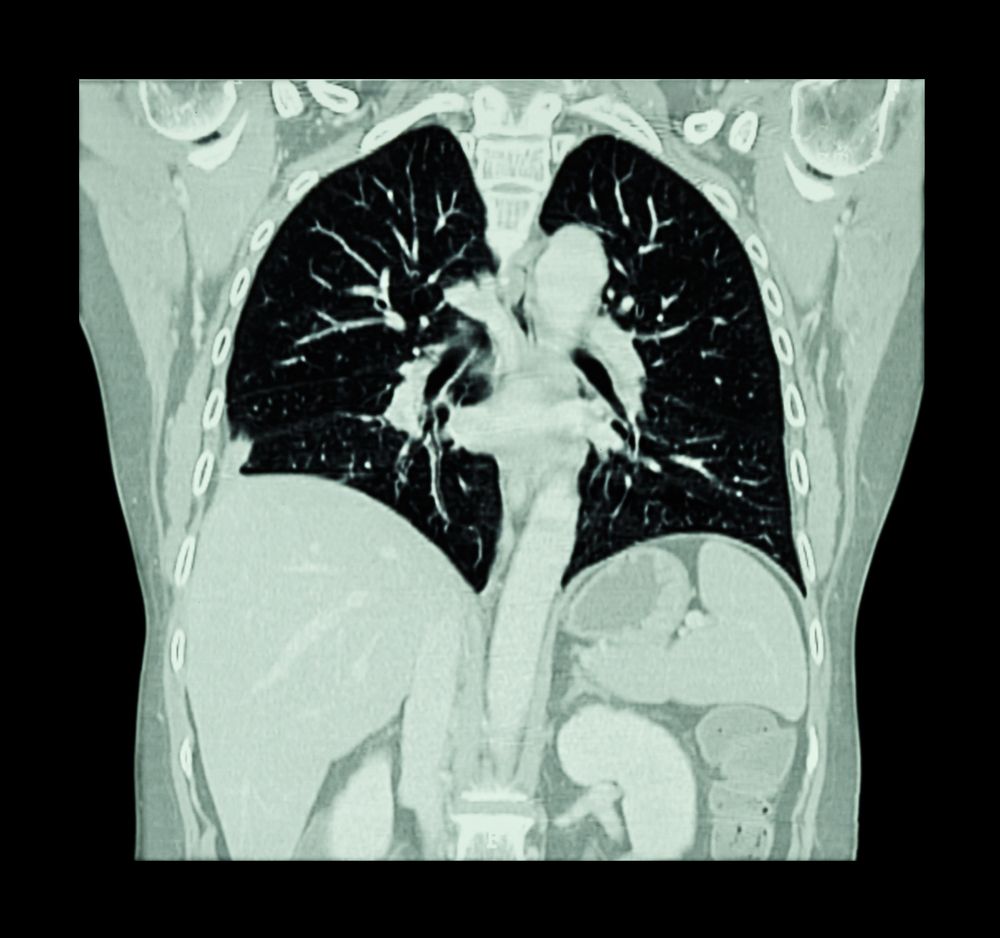Asthma is a condition characterized by the narrowing of airways, airway swelling, and excess mucus production in the airways. While incurable, it is treatable with medication.
The extent of testing required to properly diagnose asthma varies. This leads some to wonder whether they can get diagnosed and treated online. (Learn More — An Asthma Diagnosis)
As long as you find a well-reviewed, reputable online medical service provider, it is not unreasonable to see if you can get diagnosed online and have medication prescribed to you. At the same time, it is generally better to have an in-person examination. In some cases, your online doctor may determine that you need to have such a meeting to be properly treated. (Learn More — Is It Safe to Seek Asthma Treatment Online?)
There are many treatments for asthma available, depending on the severity of your symptoms and your specific needs. Treatments are characterized as either long term, meant to prevent or reduce asthma symptoms, and quick-relief (frequently called rescue), which are medications meant to help during asthma attacks. (Learn More — What Asthma Treatments Are Available?)
An Asthma Diagnosis
Asthma is a condition characterized by the narrowing of one’s airways, airway swelling, and the overproduction of mucus. It is an incurable condition, although its symptoms can be controlled with medication.
Its symptoms can change over time, so it is important to stay in contact with a doctor regarding your asthma.
Testing for asthma usually involves a physical exam, answering a series of questions, and sometimes the use of special devices to test how well you can exhale. Your doctor may even want to intentionally trigger an asthma attack in a controlled environment or do imaging tests, where they scan your body.

Normally, asthma is not especially hard to diagnose, but there can be complications and other conditions that must be ruled out.
Is It Safe to Seek Asthma Treatment Online?
All things being equal, the data suggests that seeing a doctor in person results in a better experience than seeing them online or via telecommunications.
Telemedicine can work well when it is done right. It can help people with limited options and schedules as well as those in rural areas who do not have easy access to physicians.
Many companies offer telemedicine services. By either logging onto their website or accessing their app, you can get into contact with a licensed doctor. Read reviews of each company’s services, and make sure they can legally operate in your area.
A quality telemedicine service is one with doctors willing to directly tell you when you should see a specialist or otherwise need to see a doctor in person. When it comes to diagnosing asthma, this will sometimes be the case.
Overall, it is okay to seek asthma treatment online, as long as you can verify the service is of good quality. Just understand its limitations. You may still get referred to a doctor you need to see in person if your symptoms prove too complex to safely and accurately diagnosis you over video.
What Asthma Treatments Are Available?
Once the doctor determines you have asthma, they will need to assess its severity. If an online doctor feels uncomfortable determining this over telecommunications, you will likely need to see a doctor in person.
Asthma is classified into four categories, in increasing severity:
- Mild intermittent
- Mild persistent
- Moderate persistent
- Severe persistent
Once the severity has been determined, your doctor will determine what medication is best for you. For all but very mild asthma, it is likely a long-term asthma control medication will be considered.
These medications, which are generally taken daily, include:
- Leukotriene modifiers (Singulair, Zyflo). Leukotriene modifiers have the ability to relieve asthma symptoms for up to 24 hours per dose. They can rarely cause very serious psychological reactions, including aggression and suicidal thoughts. If you experience these symptoms, contact a doctor right away.

- Inhaled corticosteroids (Pulmicort Flexhaler, Alvesco, Flonase, Flovent HFA). This is an anti-inflammatory drug that can reduce swelling in the airways, making breathing easier. It can take days or weeks to fully take effect. The risk of it causing problems is fairly low, which makes it a good long-term choice if effective for the user.
- Long-acting beta agonists (Foradil, Perforomist). These drugs can open your airways, although they have been shown to also increase the risk of a severe asthma attack. For this reason, they are generally only prescribed alongside inhaled corticosteroids. They should be used to treat an acute asthma attack.
- Combination inhalers. These drugs combine corticosteroids and long-acting beta agonists into one medication. They come with many of the same caveats as long-acting beta agonists, but in some ways, they are safer since they guarantee you are also getting a corticosteroid to control symptoms.
In addition to the above medications intended for long-term control, there are also more well-known quick-relief (rescue) medications. These are medications primarily used for short-term relief during an asthma attack. They include:
- Short-acting beta agonists (ProAir HFA, Ventolin HFA, Xopenex). Usually taken via an inhaler, short-acting beta agonists are bronchodilators that act within minutes, helping to increase airflow and ease symptoms during an asthma attack. This is the type of medication people commonly associate with asthma.
- Ipratropium (Atrovent). Ipratropium is another bronchodilator. It is uncommonly used for asthma attacks, although it is more commonly prescribed for emphysema and chronic bronchitis.
- Oral and intravenous corticosteroids. Oral and intravenous corticosteroids carry a much higher risk of serious side effects than inhalant corticosteroids, but they can be used to treat symptoms of severe asthma. They are usually only suitable for short-term use to treat severe asthma that is resistant to other treatments.
References
Asthma: Symptoms & Causes. (September 2018). Mayo Foundation for Medical Education and Research (MFMER).
Asthma: Diagnosis & Treatment. (September 2018). Mayo Foundation for Medical Education and Research (MFMER).
Asthma Treatment Online. American Well.
Effectiveness of Telemedicine: A Systematic Review of Reviews. (November 2010). International Journal of Medical Informatics.
Asthma Classification. (August 2017). Healthline.



